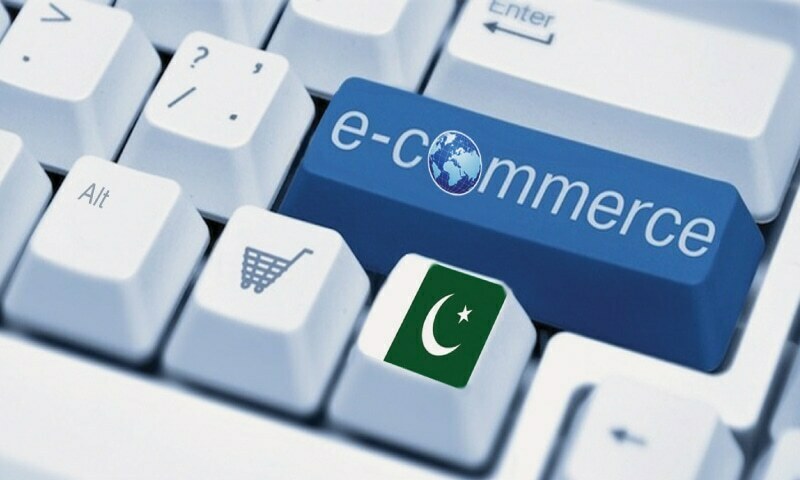Islamabad, Sep 22: E-commerce in Pakistan has witnessed a remarkable transformation in recent years, driven by the rapid adoption of digital shopping habits and an expanding online business ecosystem.
This surge in activity has been catalyzed by several factors, including improved internet access, increased smartphone usage, and evolving consumer preferences.
Understanding the trends shaping Pakistan’s e-commerce landscape is essential to navigating its future potential.
Growth of E-Commerce in Pakistan
E-commerce in Pakistan began gaining momentum around a decade ago but saw significant acceleration in recent years.
The expansion of internet access, particularly in urban areas, has been a critical factor. With over 124 million internet users, businesses now have broader access to a large, digitally connected audience.
Smartphone usage has also played a vital role in this growth. Nearly 50% of Pakistan’s population owns smartphones, making it easier for consumers to engage in online shopping.
The availability of digital payment solutions, such as mobile wallets and online banking, has streamlined transactions, facilitating smoother online purchasing experiences.
The COVID-19 pandemic acted as a catalyst, pushing consumers towards e-commerce as physical stores remained closed during lockdowns.
This period marked a turning point, with businesses and consumers becoming increasingly comfortable with digital transactions.
Emerging Trends in Pakistan’s E-Commerce Sector
- Rise of Social Commerce: Social media platforms like Facebook and Instagram are becoming key players in e-commerce. Businesses use these platforms for direct sales, leveraging features like Instagram shops and Facebook marketplaces to engage with customers and drive transactions.
- Mobile-First Commerce: With the growing reliance on smartphones, businesses are optimizing their platforms for mobile users. Mobile apps and mobile-friendly websites have become essential, providing customers with convenient ways to shop on the go.
- Expansion of Online Marketplaces: Platforms like Daraz and Alibaba are helping small and medium-sized enterprises (SMEs) in Pakistan reach a broader audience. These marketplaces are expected to continue growing, enabling more local businesses to thrive in the digital economy.
- Growth in Online Grocery Shopping: Convenience is driving the rise of online grocery shopping in Pakistan. Services like GrocerApp and Carrefour Pakistan are gaining popularity, offering same-day deliveries and a wide range of products. This trend is expected to grow as urbanization increases.
- Improved Logistics and Delivery Services: Efficient delivery services have long been a challenge for Pakistan’s e-commerce sector. However, startups like Bykea and Rider are investing in logistics infrastructure to ensure reliable, timely deliveries, which is crucial for the sector’s growth.
Challenges Facing E-Commerce in Pakistan
Despite its rapid growth, several challenges remain. Payment security concerns persist, with many consumers hesitant to use digital payment methods. Cash-on-delivery (COD) remains the dominant payment option, often leading to returns and cancellations.
Logistical challenges, particularly in rural areas, also hinder the growth of e-commerce. Developing a more reliable delivery infrastructure is critical for the future expansion of online retail.
Future Outlook
The future of e-commerce in Pakistan looks promising, with considerable opportunities for businesses to strengthen their digital presence.
As internet access expands to rural areas and consumers become more comfortable with online shopping, the sector is poised for exponential growth. Government initiatives promoting digital payments and investments in logistics infrastructure will further support this upward trajectory.
In conclusion, the evolution of e-commerce in Pakistan is reshaping the country’s retail landscape. Businesses that embrace emerging trends, invest in technology, and focus on delivering seamless digital experiences will be well-positioned to succeed in this dynamic market.
